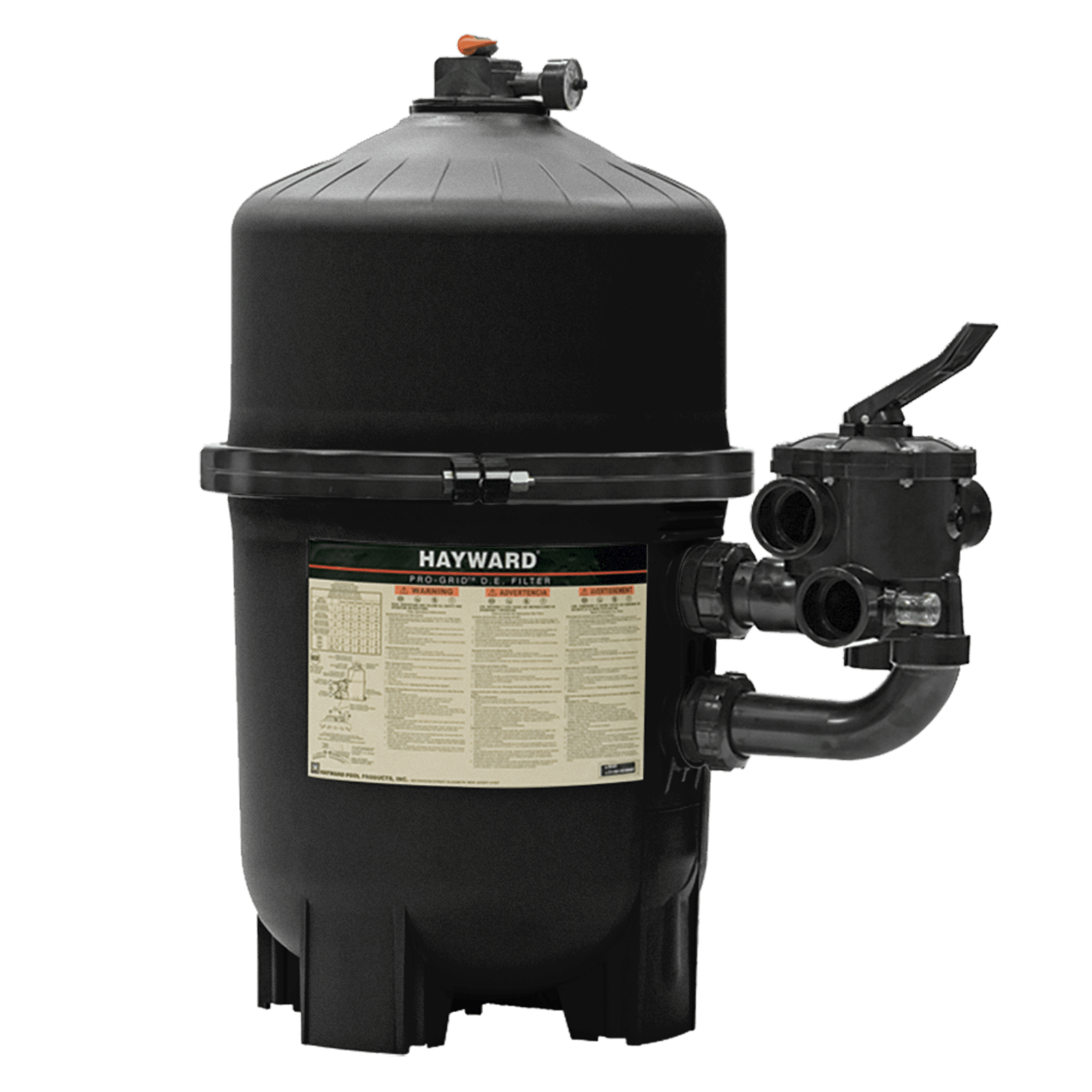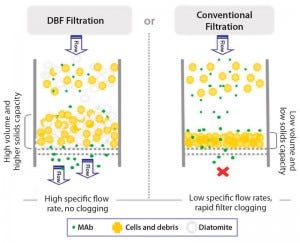Explore the Advantages of Diatomaceous Earth Filtering in Pool Maintenance
Unlocking the Perks of Diatomaceous Earth Filtering System for Pure and Clean Water
The expedition of diatomaceous planet (DE) filtering system offers an engaging choice for those seeking efficient and lasting water purification techniques. As the need for clean water proceeds to increase around the world, understanding the multifaceted applications and benefits of DE filters might expose essential understandings for both house and commercial use.
What Is Diatomaceous Earth?
Diatomaceous earth, typically referred to as DE, is a normally happening sedimentary rock composed primarily of the fossilized remains of tiny, water microorganisms called diatoms. These single-celled algae are abundant in silica, which is the key element of DE. The unique structure of diatomaceous earth consists of tiny, permeable bits that supply a high surface, making it a reliable filtering medium.
DE is normally collected from old lake beds and down payments, which have actually built up over thousands of years. It looks like a fine, white to beige powder, and its chemical structure largely includes silicon dioxide, together with trace quantities of different minerals. This make-up is what gives DE its exceptional homes.
Along with its application in water purification, diatomaceous planet is made use of in a selection of sectors, consisting of farming, food storage, and parasite control. Its capability to take in wetness and its abrasive top qualities make it a useful resource in these areas. On the whole, diatomaceous earth stands out as an eco friendly choice for different applications due to its all-natural origin and efficiency in filtering processes.

How Diatomaceous Planet Filtering Functions

When water passes with a diatomaceous earth filter, the great bits are caught in the elaborate network of small pores. The shapes and size of these pores are essential, as they are made to target specific contaminants while allowing tidy water to flow via. As water actions via the filter tool, the mechanical action of the diatomaceous earth catches larger particles, while smaller contaminants are absorbed or physically blocked.
Furthermore, the area provided by diatomaceous earth is considerable, enhancing its capacity to hold impurities. This causes a steady build-up of entraped fragments, which can be occasionally gotten rid of with a backwashing process. This method ensures constant filtration performance and adds to the general efficiency of preserving pure and tidy water.
Benefits Over Standard Purification
When comparing diatomaceous planet filtering to traditional purification approaches, several benefits emerge that boost water filtration efficiency. Among the primary advantages is the remarkable filtration capacity of diatomaceous earth (DE), which can remove smaller particles and contaminations that traditional filters may miss. The tiny structure of DE permits it to record pollutants, consisting of germs and protozoa, resulting in cleaner water.
Additionally, diatomaceous planet filters have a tendency to have a longer lifespan than traditional media, lowering the regularity of replacement and upkeep. This longevity not only decreases functional prices but additionally lessens waste, adding to more lasting practices. DE filters likewise run at lower stress, which can lead to energy financial savings in large-scale applications.
One more considerable benefit is the adaptability of diatomaceous earth. It can be utilized effectively in different contexts, from metropolitan water treatment facilities to specialized commercial applications (diatomaceous earth filtering). The all-natural composition of DE makes it an environment-friendly choice, devoid of hazardous chemicals and toxins usually related to synthetic purification systems
Applications in Family and Sector
Various applications of diatomaceous earth filtering can be located in both home and industrial setups, highlighting its adaptability and performance in water filtration. In domestic settings, diatomaceous planet (DE) filters are commonly used in pool, effectively recording particles and microbes, therefore maintaining water clarity and health. Additionally, lots of families utilize DE in home water filtration systems, where it offers to eliminate impurities, debris, and harmful pathogens, making certain secure alcohol consumption water.
In industrial applications, diatomaceous earth filtering is integral to numerous markets, consisting of food and Visit This Link drink production, pharmaceuticals, and wastewater treatment. In the food market, DE is used in the purification of beer and white wine, promoting the elimination of yeast and other particulates while maintaining the beverage's taste profile. Moreover, in wastewater treatment centers, DE filters play a vital duty in improving water quality by capturing pollutants and facilitating the recycling of water sources.
The performance of diatomaceous planet in both household and industrial applications emphasizes its vital role in promoting clean water gain access to, adding to public health and wellness, and supporting lasting techniques.

Picking the Right DE Filter
Selecting the appropriate diatomaceous planet (DE) filter is vital for making certain ideal water purification, whether for industrial or residential use. diatomaceous earth filtering. The option of a DE filter depends upon numerous critical elements, including the specific application, flow rate needs, and the wanted degree of filtration
First, evaluate the quantity of water to be filteringed system. For property usage, smaller sized filters are enough, while commercial applications might demand bigger, high-capacity systems. Next, consider the flow price; it is necessary to pick a filter that can take care of the called resource for throughput without compromising water quality.
Furthermore, evaluate the filtering level; DE filters been available in numerous grades, affecting the elimination of impurities and particulates. As an example, higher-grade filters are perfect for applications needing rigid purity degrees.
Lastly, think about the upkeep demands and the accessibility of replacement DE powder. Filters that are less complicated to keep and have conveniently offered products will certainly lower downtime and functional costs. By carefully considering these variables, one can pick a DE filter that meets particular needs, guaranteeing the distribution of tidy and secure water.
Verdict
In summary, diatomaceous earth filtering system stands for a significant improvement in water filtration technology, offering try this site improved performance and effectiveness in capturing pollutants. Welcoming diatomaceous planet filtering can lead to improved public health and wellness results and better access to clean water.
The exploration of diatomaceous planet (DE) filtering system offers a compelling alternative for those seeking reliable and lasting water filtration methods.When comparing diatomaceous earth filtering to standard purification approaches, several advantages emerge that enhance water purification effectiveness.Many applications of diatomaceous planet filtering system can be located in both house and commercial setups, highlighting its flexibility and efficiency in water purification. In property settings, diatomaceous planet (DE) filters are commonly utilized in swimming pools, effectively capturing debris and microbes, therefore keeping water quality and health. In wastewater treatment facilities, DE filters play an important function in boosting water top quality by capturing pollutants and helping with the recycling of water sources.